A Note about those call letters...

The first call letters assigned were 3 letter combinations, but the Commerce Department ran out of those by the Spring of 1922 and started issuing 4 letter combinations. WEV was the only Houston station to ever receive a 3 letter call.
You have undoubtedly noticed the confusing similarity in all those early four letter combinations. Vanity calls were always possible but most early broadcasters had not thought about the possibilities of having a cute nickname for their station expressed by their calls, or having their call letters stand for a slogan, and most just let the government assign their call letters. The government had set up serial lists of call letters and doled them out in order. The first thing that happened when a new application was received was the assignment of call letters from the serial list. A few broadcasters are believed to have timed their applications so as to get a set of call letters they wanted.
The earliest 4 letter combinations issued east of the Texas-New Mexico border all began with the letter W with the 3rd letter being an A. All of the earliest 4 letter combinations issued in Texas fit this pattern: WBAP, Fort Worth, WFAA, Dallas, WOAI, San Antonio, WJAD, Waco (which later became WACO) and WTAW, Bryan-College Station, all fit the pattern. Although it worked out that that last one could be taken to mean ‘Watch the Aggies Win,’ it actually was an assignment resulting from the serial list. Of the first ten licenses authorized for the Houston-Galveston area, all but WEV fit the W __ A __ pattern: WCAK, WEAY, WFAL, WGAB, WHAB, WIAC, WPAN, WRAA, and WSAV.
By January, 1923, the line dividing the Ws from the Ks was moved from the Texas-New Mexico border to the Mississippi River and thereafter, all calls issued in Houston began with K. The first lists used for stations receiving call letters beginning with K started with either KD or KF. Of the first five stations in the Houston-Galveston area to receive call letters starting with K, all started with KF: KFCV, KFLX, KFOQ, KFUL, and KFVI. That last one, issued in early 1925, could be interpreted to stand for the 56th Cavalry Brigade, Headquarters Troop, the licensee, but it too was simply the result of a serial assignment.
Early on broadcasters and the public began trying to assign significance to the assigned call letters. Commerce Secretary Herbert Hoover, who personally signed all licenses, wrote to the owners of WBAP, Fort Worth, that their calls should stand for ‘We Bring a Program.’ Others came up with ‘We Bore All People,’ and, during Prohibition, ‘We Bring a Pint.’ WFAA was said to stand for ‘Working for All Alike’ and WOAI. ‘World of Agriculture Information.’
The first vanity calls in Houston were KPRC, issued in May, 1925. As explained in the Houston Post-Dispatch, owners of the new station, they stood for Kotton Port, Rail Center.
The image above is from the archives of the Houston Post-Dispatch at the Houston Public Library; it was published in the Post-Dispatch just a few days after KPRC signed on in May, 1925.



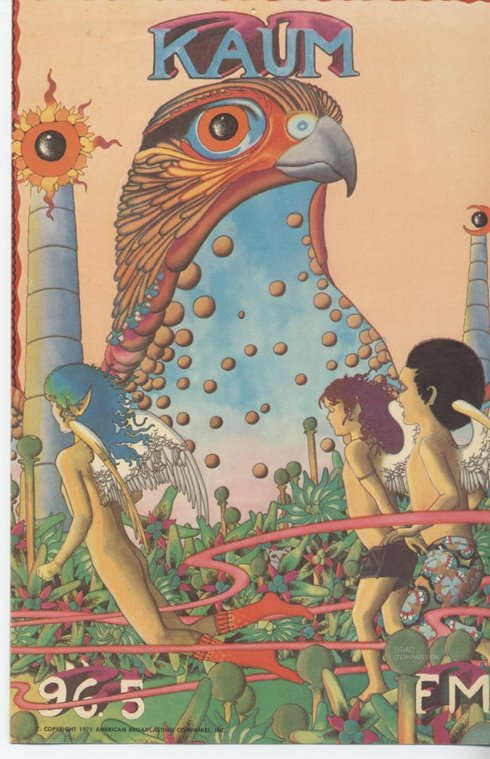
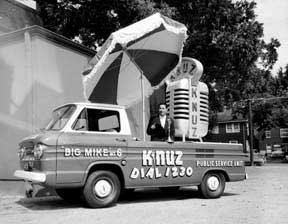


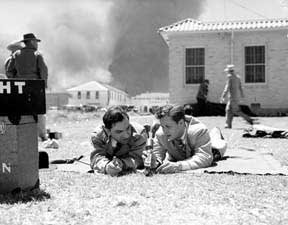
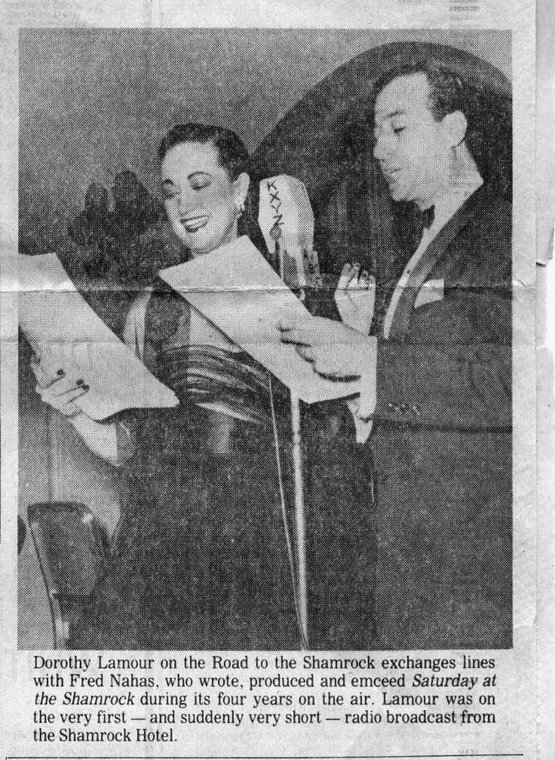
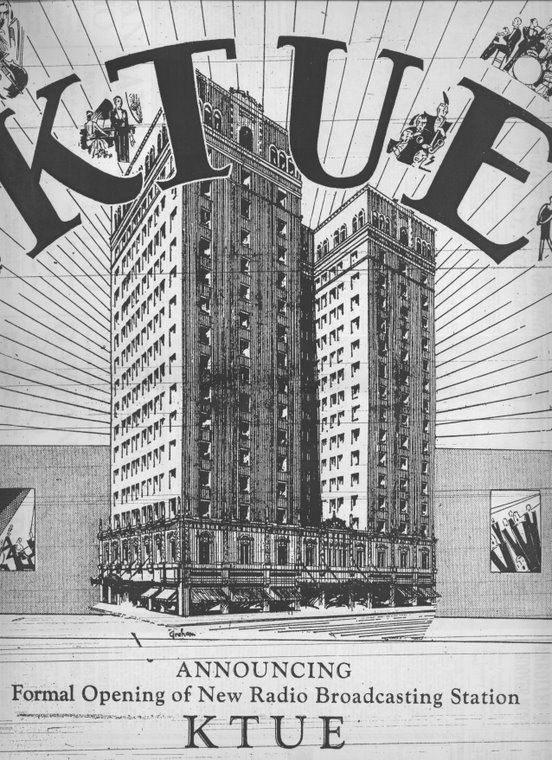
5 comments:
WTAW stood for "Watch the Aggies Win"
Do you know the date and publication of this cartoon?
If I'm not mistaken, KHOU was KGUL in the beginning.
Yes. See the TV Section on the side bar.
I notice that the daily program listings for 1920's KPRC consist entirely of live content.
Were broadcasters in those early years not allowed to play records?
Post a Comment